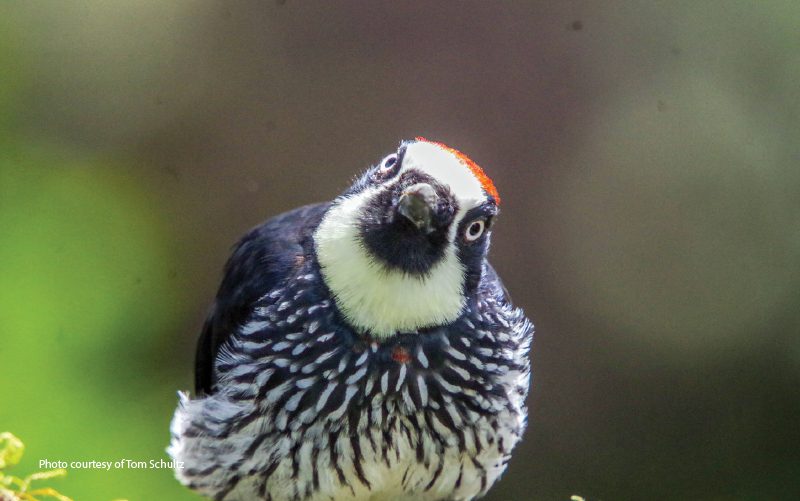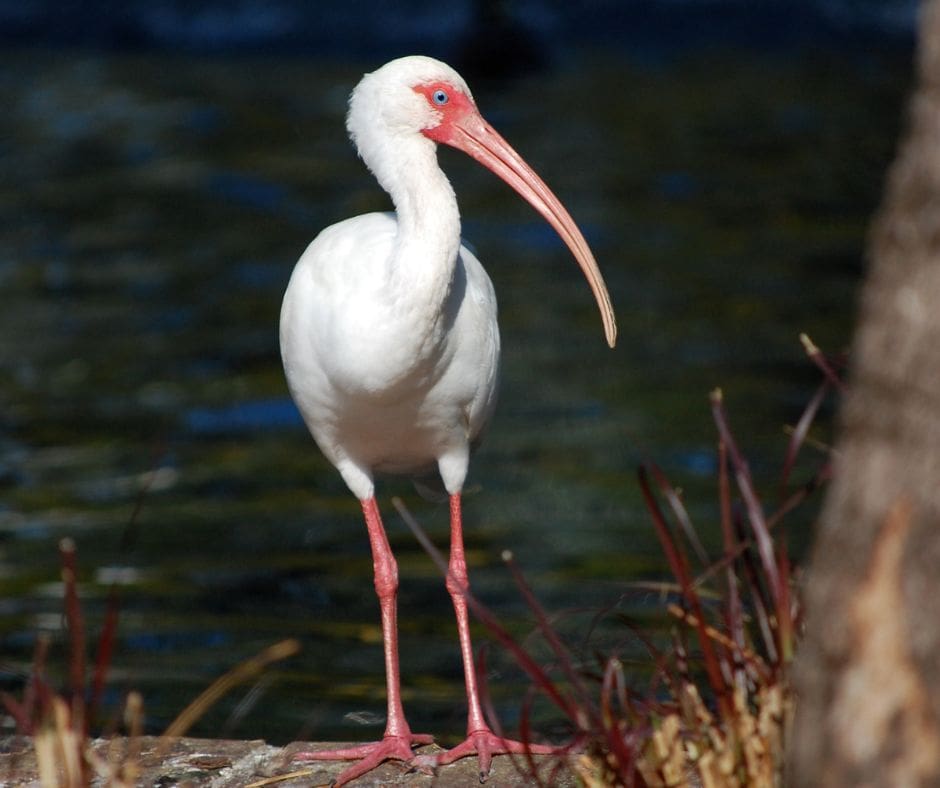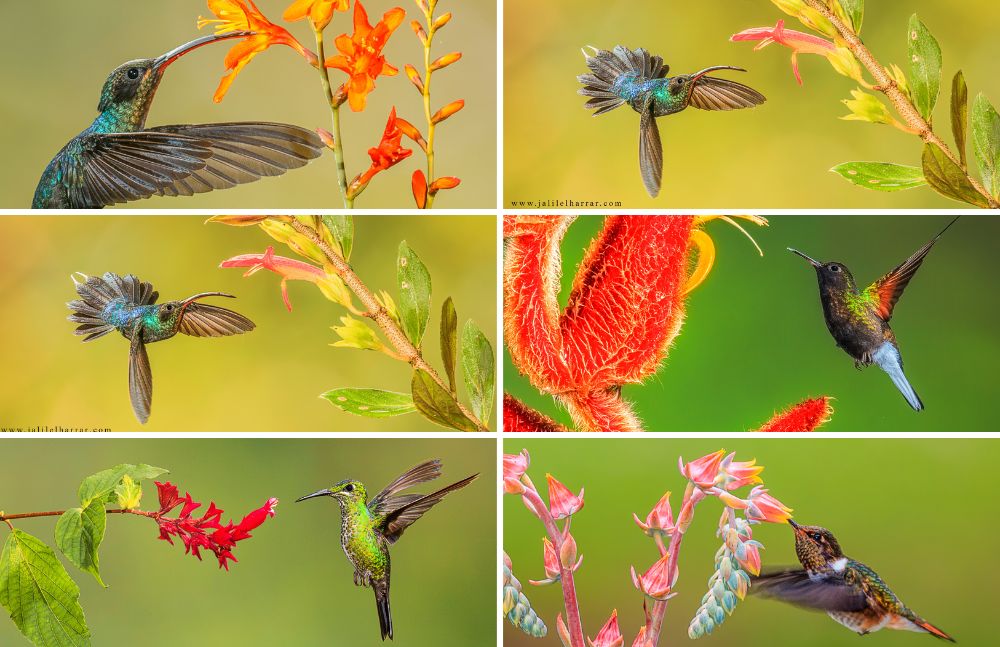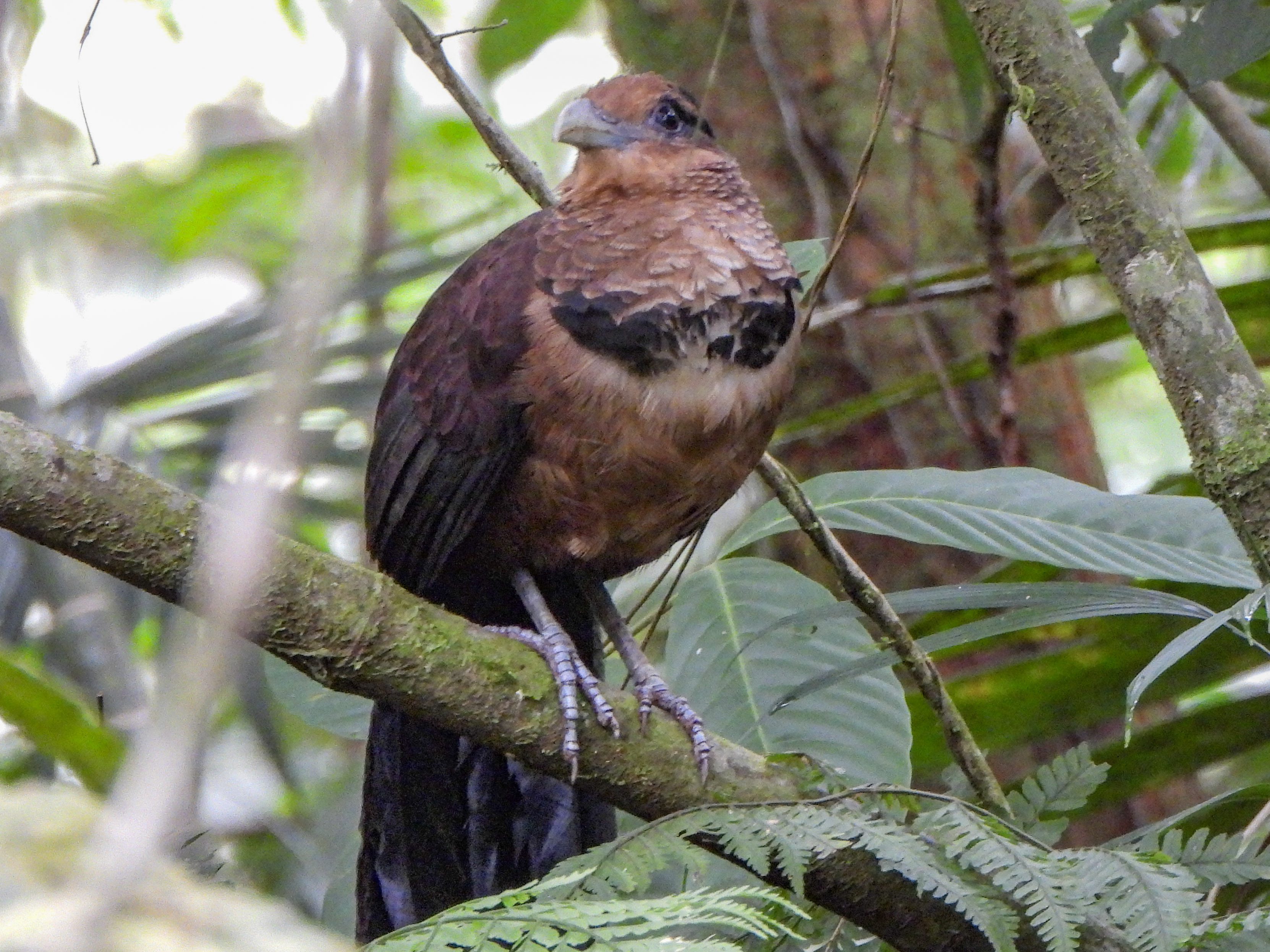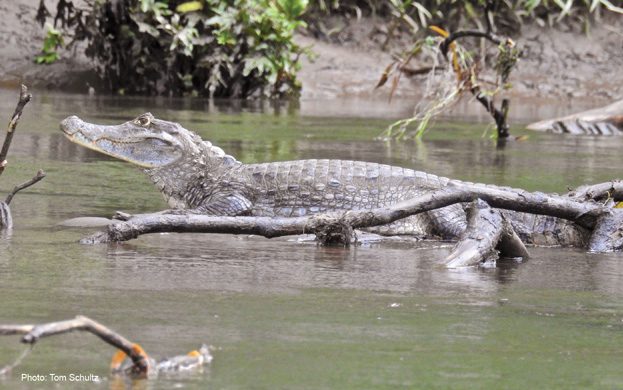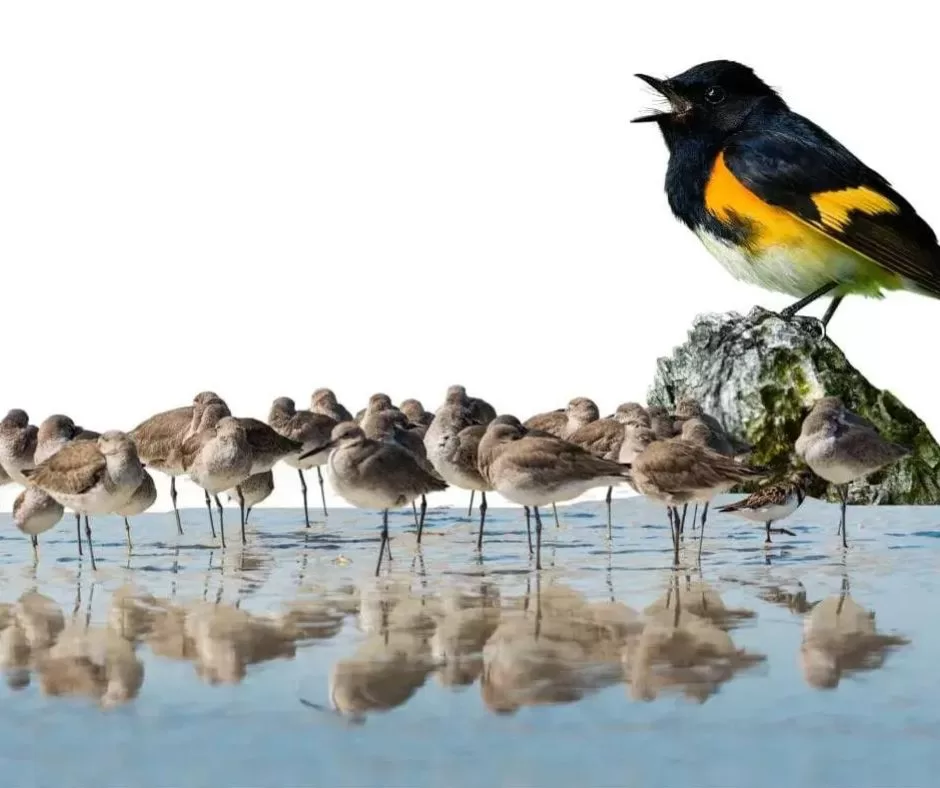
January in Costa Rica: A Haven for Migratory Birds
Costa Rica transforms into a bustling hub for avian activity every January. This period marks a significant phase in the annual migration patterns of numerous bird species, as they escape the harsh winter of the northern hemisphere. The country’s strategic position, bridging North and South America, along with its diverse habitats, from misty cloud forests to lush lowlands and vibrant coastlines, makes it an ideal stopover for these feathered travelers.
A Sanctuary in the Tropics
During January, as northern regions are engulfed in winter, Costa Rica’s warm, tropical climate and abundant food resources offer a stark contrast. The country’s rich biodiversity is further amplified by the influx of migratory birds, adding to its already impressive array of native species.
A Glimpse at the Migratory Guests
- Warblers Galore: Vibrant warblers like the Tennessee Warbler and Chestnut-sided Warbler can be seen flitting about in the lower elevation rainforests and amidst the verdant foliage of coffee plantations.
- Shorebird Spectacle: The country’s coastline and wetlands become a stage for shorebirds such as the Willet and Whimbrel. Prime viewing spots include the mangrove-lined Gulf of Nicoya and the serene Tortuguero canals.
- Majestic Raptors: Skies above Costa Rica during this time often feature birds of prey like the swift Peregrine Falcon and the fishing Osprey, particularly in open areas and above the forest canopies.
Costa Rica’s Conservation Efforts
Costa Rica’s extensive network of national parks and protected areas plays a crucial role in the survival of these migratory species. The country’s commitment to preserving its natural habitats is a testament to its global role in bird conservation.
Birdwatching: A Prime Tourist Attraction
The influx of migratory birds offers a unique opportunity for birdwatchers and nature enthusiasts. Specialized birdwatching tours in renowned hotspots such as the Monteverde Cloud Forest Reserve and Carara National Park provide unforgettable experiences of observing these avian wonders.
Climate Change: An Emerging Challenge
The impact of climate change on migratory patterns and habitats is increasingly evident. Costa Rica’s sustainable practices and environmental policies are key in addressing these challenges, ensuring the continued arrival of these birds every year.
Cultural and Natural Harmony
Witnessing the migratory birds in Costa Rica is more than an ecological spectacle; it’s a cultural immersion. It offers a chance to experience the country’s dedication to nature and provides a unique perspective on the importance of environmental harmony.

